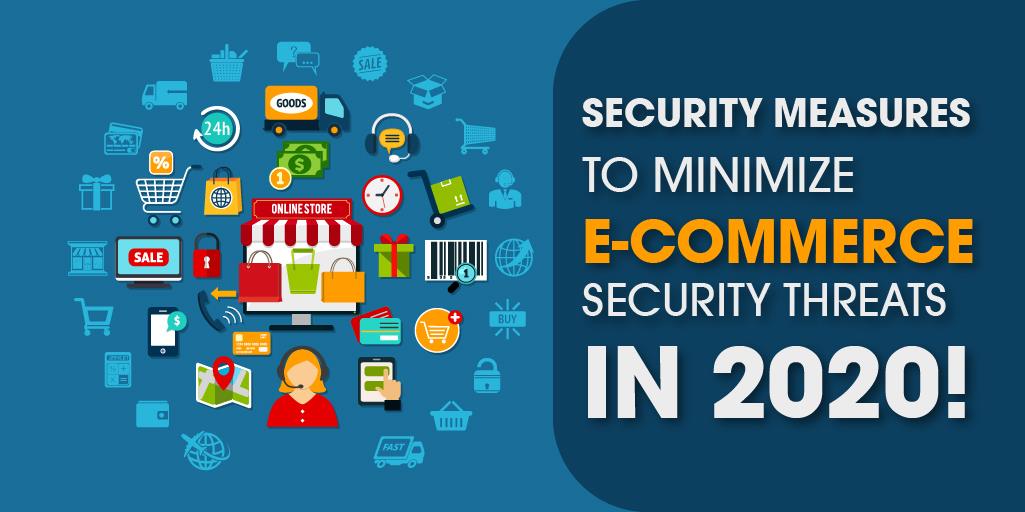Contents
One of the most recognized phrases over the internet is ”add to cart”. E-commerce has now become a way of life. The textbook definition of e-commerce is the buying and selling of goods or services over the internet. Sounds simple right? When a vendor sets up a website where they sell goods and services at a particular price, it is a part of e-commerce.
Right from purchase to payment, when all business activities take place online, it’s part of e-commerce. The rise of e-commerce has made it very easy to browse the internet and find what is needed at any point of the day. Online stores are likely to earn over 70% of sales by 2020. This also means e-commerce vendors need to be extra careful and invest in security. One example of securing a website is an SSL Certificate. However, you can get knowledge of SSL functions by getting a free SSL certificate as there are many ways of procuring it.
Types of E-commerce Models:
Since the internet has provided an opportunity for just about anybody to set shop, here some different e-commerce models that have emerged.
Business to Consumer (B2C):
This is one of the most popular types of business models, where a business develops a website and directly sells its products or services to the consumers. A good example is H&M, which sells clothes online and offline to the masses directly.
Business to Business (B2B):
In this model, the exchange of products or services happens between two organizations. This a common practice by many software services. They sell their software online to other organizations, which then use it for their production process. For example, a dealer supplies raw material (online) to an organization that they use for production.
Consumer to Consumer (C2C):
Ever made purchases from websites like E-Bay or OLX? These are brands and are perfect examples of the above model. When consumers sell their products to other consumers over the internet, it is a C2C model.
Consumer to Business (C2B)
In this model, the business collects data from various sources and consolidates it on one page, making it easier for the customer to browse through. A good example is Trivago. It collects information about different hotels and their pricing (based on keywords) and informs the customer.
What is E-Commerce Security?
Being part of the internet opens every entity under threat. Some commons threats are malicious emails, unsafe pop-ups, unauthorized breaches, virus and many more. When people make purchases online, they enter important information to make the purchase. Therefore, to protect consumer’s data, e-commerce security is necessary. Here are a few strategies to help implement e-commerce security:
E-Commerce security strategies:
-
Choose a Secure Hosting Service:
While creating a website, it is important to be as safe as possible. Web hosting services provide services that help make sure your website becomes part of the internet. Therefore, when a person looks for a particular website, they type the domain name and it automatically connects them to the company’s server to view the website. It is important to use a hosting service that is known to be secure, so hackers and other malware stay at bay.
-
Use an SSL Certificate:
A Secure Socket Layer Certificate is a good way to keep away any unforeseen attack. This helps in encrypting data that is used during a transaction between the customer and the organization. When a consumer enters their data, it is encrypted, making it difficult to leak the data and use it. This helps in improving online security.
You can get Free SSL Certificate from free ssl certificate for your website or business.
-
Email Security Best Practices:
Emails are an old yet common way for malicious attacks to make their way. Staff and employees need to be trained for best email practices, to protect their work mail and systems from malware, spam, phishing, etc. It is also important to train employees to have some security (like anti-virus that scans the email) before they check their emails.
-
Strong Passwords:
Weak passwords act as a weak link. It is important to ensure that both customers and employees use strong passwords. A website usually has a back-end where all the important information is stored. It is important to have strong passwords and authentication at the back-end. This makes it easier to combat various attacks.
-
Implements CVV and AVS verification systems:
Storing credit card and debit card details on e-commerce websites is risky. To avoid card details in the wrong hand, many times customers don’t store their details online. There are alternative ways of combating this issue. Implementing security measures like CVV (Card Verification Value) and AVS (Address Verification System) will help provide some protection against data breaches. For example, the consumer can only make a transaction once they very their CVV number and enter an OTP.
-
Protect your Computer Network:
Do you know what the most vulnerable part of a business is? It’s the computer network where all the important information, the database, servers, etc., are stored. Keeping strong passwords, setting up a firewall at the backend, having a strong antivirus and training your employees will help in protecting a business’s computer network.
-
Back-up Frequently:
Having a backup safely in place will help solve multiple problems. If in any situation important information gets lost or erased, then the back-up will come to the rescue. It is important to have back-up data also secured against cyber-attacks. Many malicious activities can target the backup data, under the impression that it will be easier to access than the computer networks.
-
Educate Your Employees on Cyber Safety:
This is the most important step. By training and providing guidelines, employees will be more careful when they are using the company’s server. They can also help implement these practices on their devices as well. This will keep the business servers safer. They should also be trained to be alert and report any suspicious activity that they notice.
Conclusion
Cyber safety is pivotal and a requisite for any organization. There should be acyber-safety practice, especially with their e-commerce chain, to safeguard their customers and ultimately the organization itself. Protecting the organization over the internet will allow for expansion as well. A protected business will fetch more customers.




